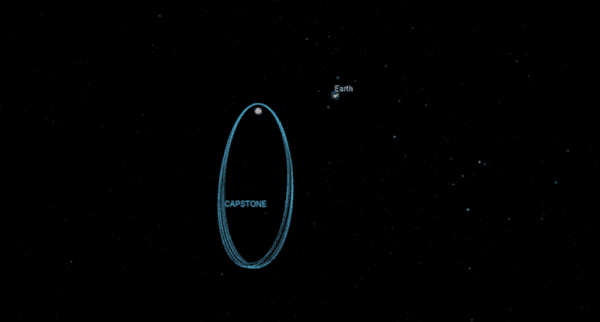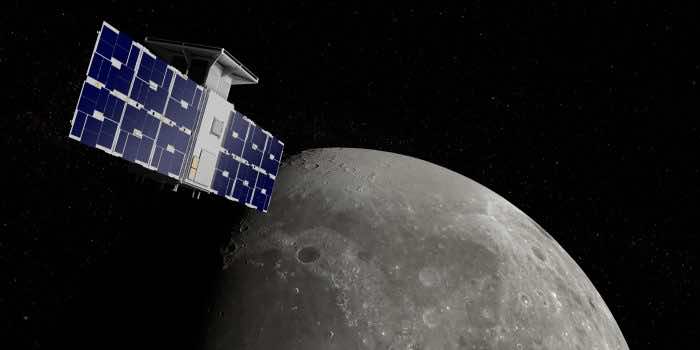The National Aeronautics and Space Administration (NASA) has announced that on Monday, June 27, 2022, it will launch its Cislunar Autonomous Positioning System Technology Operations and Navigation Experiment (CAPSTONE), the first spacecraft to fly a specific unique lunar orbit ahead of future missions.
The spacecraft CAPSTONE will launch as Artemis’ first mission to the moon. Notably, no astronauts will be aboard CAPSTONE since the spacecraft is so small, only roughly the size of a microwave.
“CAPSTONE is targeted to launch on Monday, June 27, aboard a Rocket Lab Electron rocket from the company’s Launch Complex 1 in Mahia, New Zealand. The instantaneous launch opportunity is at 6 a.m. Live coverage will begin at 5 a.m. on NASA Television, the agency’s website, and the NASA app,” NASA said in a statement.
“The destination for this microwave oven-size CubeSat is a near rectilinear halo orbit (NRHO). That same orbit is planned for Gateway, a multipurpose outpost for long-term lunar missions as part of the agency’s Artemis program,” the space agency added.

After around six days, the Photon upper stage will release CAPSTONE into orbit for the first phase of its independent trip. Following a four-month mission to the moon, CAPSTONE will test the dynamics of the NRHO for at least six months, reducing the risk for future spacecraft, according to NASA.
“CAPSTONE will also demonstrate innovative spacecraft-to-spacecraft navigation technology and one-way ranging capabilities that could help future spacecraft fly near the Moon with reduced need for communication with Earth,” the agency said.
The public is also welcome to monitor “CAPSTONE’s voyage live via NASA’s Eyes on the Solar System interactive real-time 3D data visualisation.” Anyone can virtually ride along with the CubeSat with a simulated solar system view” approximately a week after launch.”
Notably, CAPSTONE is commercially owned and operated by Advanced Space in Westminster, Colorado, on behalf of NASA. It is an example of an innovative partnership between NASA and businesses to deliver quick findings and input to guide the next exploration and scientific missions.

The spacecraft was made by Irvine, California-based Tyvak Nano-Satellite Systems, a subsidiary of Terran Orbital Corporation. According to NASA, Stellar Exploration Inc., Space Dynamics Lab, Tethers Unlimited Inc., and Orion Space Systems have also contributed to the project.


